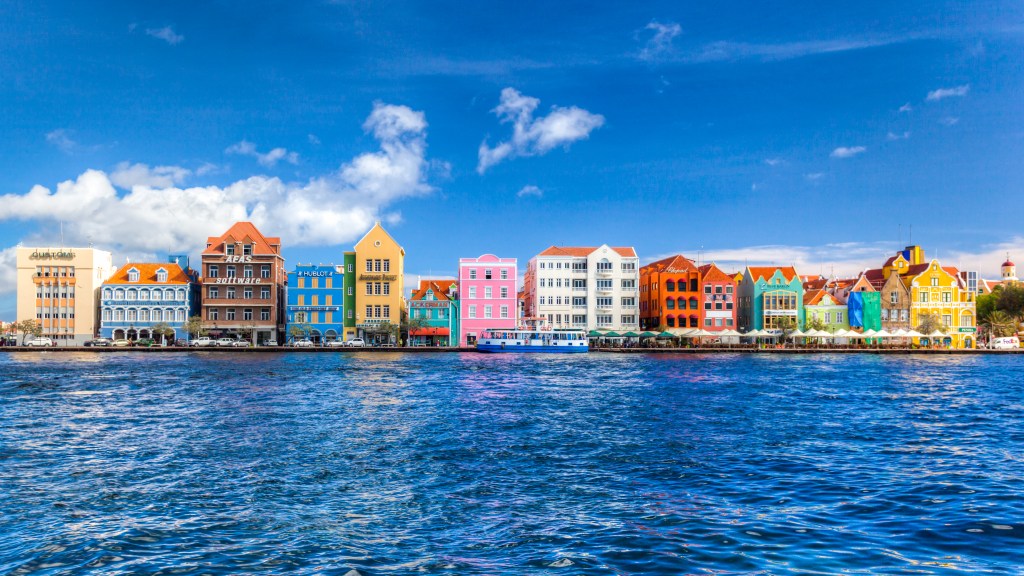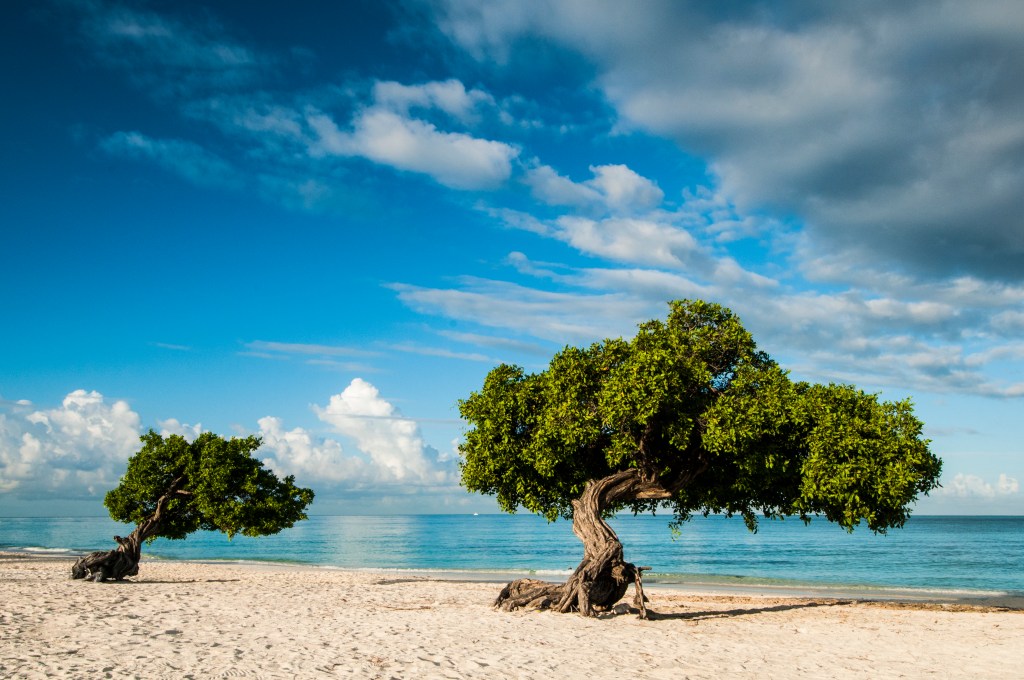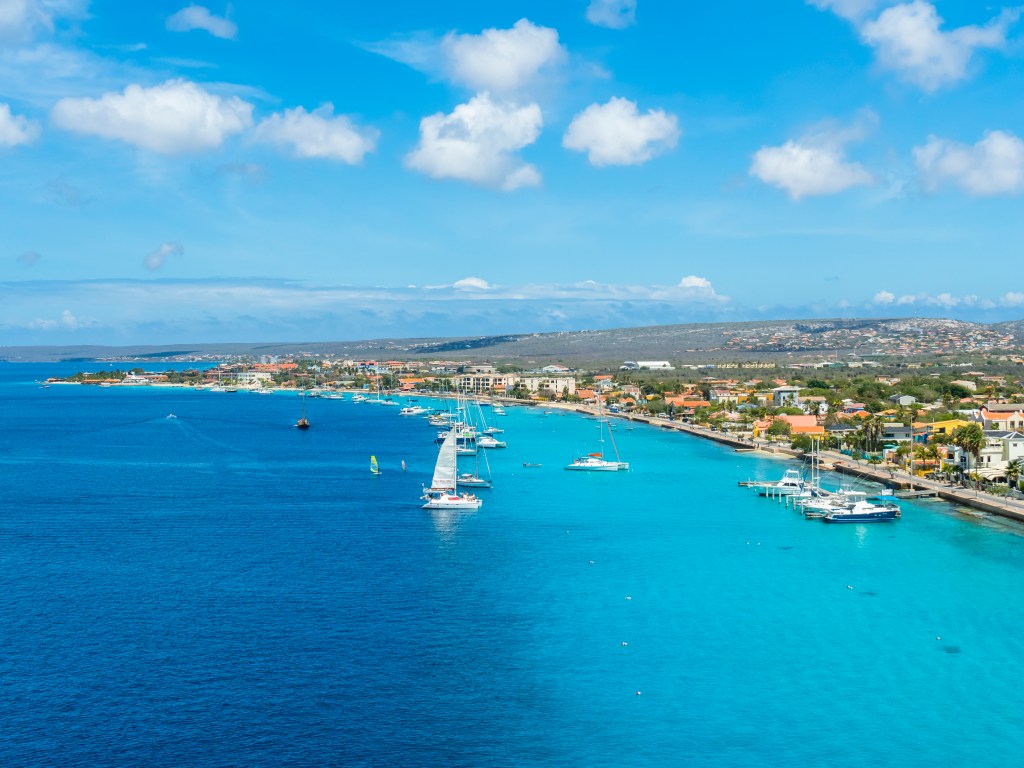According to statistical analysis from Uday Rana of Global News, Canadians have made it clear that they’re less interested in visiting the US than ever before.
Rana breaks down inbound and outbound travel stats from the country’s Statistics Canada database. It doesn’t paint an optimistic picture, as travel from Canada to the US has declined for seven consecutive months.
The news comes as one of many eye-catching travel headlines based in the US, from the apparent death of Vegas to other concerning travel topics. Canadian travel to the US has historically been important, largely for local tourist-focused economies but also in other broader cultural ways.
Unfortunately, it looks like Canadians are still avoiding travel to the US. In fact, based on recent reports from Statistics Canada, Canadian avoidance of the US is ramping up.
A closer look at the numbers—are Canadians really avoiding the US?
In July, 2.6 million Canadians headed south of the border to visit the United States. While that might not sound too shabby, it’s a 34.2% decline from the previous year. During July, 1.9 million Canadians drove to and from the US, which is 35.8% fewer than the previous year; air travel dropped by 16.2% for the same period.
In fact, numbers were down so far that the total number of Americans visiting Canada was larger than the reverse. According to Rana, that has only happened three times since June 2006 in terms of monthly comparisons.
Fewer Canadians are visiting the US, but that doesn’t mean they’re avoiding travel. During the same month, the number of Canadians returning from overseas travels rose by 8.3%.
Similarly, many from the Great White North have chosen to travel domestically this year. Many residents have been supporting the ‘Buy Canadian’ movement, which would include travel. Hospitality groups across Canada have opened the doors for domestic travelers, offering up deals and new ways to get to know their own country.


